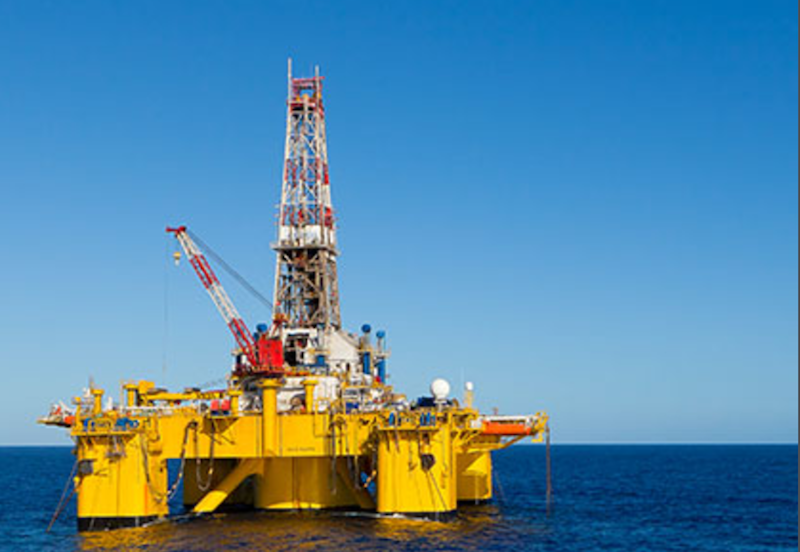To a degree, the energy transition chatter has been tempered of late, overshadowed by more pressing concerns over energy security and affordability, which, in turn, has opened the spigot for once-blocked oil and gas investments.
Declaring “offshore is back,” Rystad Energy in March estimated more than $17.5 billion in new project investments will flow into the Gulf of Mexico over the next two years. That’s part of the $214 billion expected to be spent worldwide on new offshore oil and gas developments, which would mark the highest growth spurt in a decade, according to the Norwegian consultancy.
Offshore activity is expected to account for 68% of all sanctioned conventional hydrocarbons in 2023 and 2024, up from 40% between 2015-2018.
“Offshore oil and gas production isn’t going anywhere, and the sector matters now possibly more than ever,” said Audun Martinsen, Rystad’s head of supply chain research. “As one of the lower carbon-intensive methods of extracting hydrocarbons, offshore operators and service companies should expect a windfall in the coming years as global superpowers try to reduce their carbon footprint while advancing the energy transition.”
Rebranded oilfield service provider SLB (Schlumberger Ltd.), agreed, saying the offshore upcycle will not reverse itself anytime soon. “Offshore has been seeing an uptick that started about 18 months ago. We don’t see it abating and we see it continue to steadily grow,” CEO Olivier Le Peuch said in a Jan. 20 investor call. “In the U.S. Gulf of Mexico, where we have a significant presence, we expect the spending uplift to continue.”
SLB and its peers will share in a global oilfield service and supply market that should hit a peak of $1 trillion in 2025 and remain at high levels for several years after, Rystad concluded in a separate analysis.
“While we expect the next seven years to provide a strong market for energy services, companies still have to improve their economics to make it a feast. Luckily, overall utilization is improving rapidly as suppliers are careful not to overinvest in more capacity as rigs, vessels, plants, and other units in the supply chain. The result is better pricing for suppliers,” Rystad said in the analysis released on Jan. 31.
Jeremy Thigpen, CEO of leading deepwater drilling contractor Transocean, went further, suggesting in a Feb. 22 investor call that high inflation rates and nagging supply chain issues may be a blessing in disguise by reining in the industry’s notorious proclivity to overbuild when times are good.
“In some ways, the capital constraints of the drilling contractors and the supply chain challenges we’re facing in the shipyards and OEM (original equipment manufacturers) is actually healthy for the industry. We can’t do what we've done in the past and overbuild,” he said.




